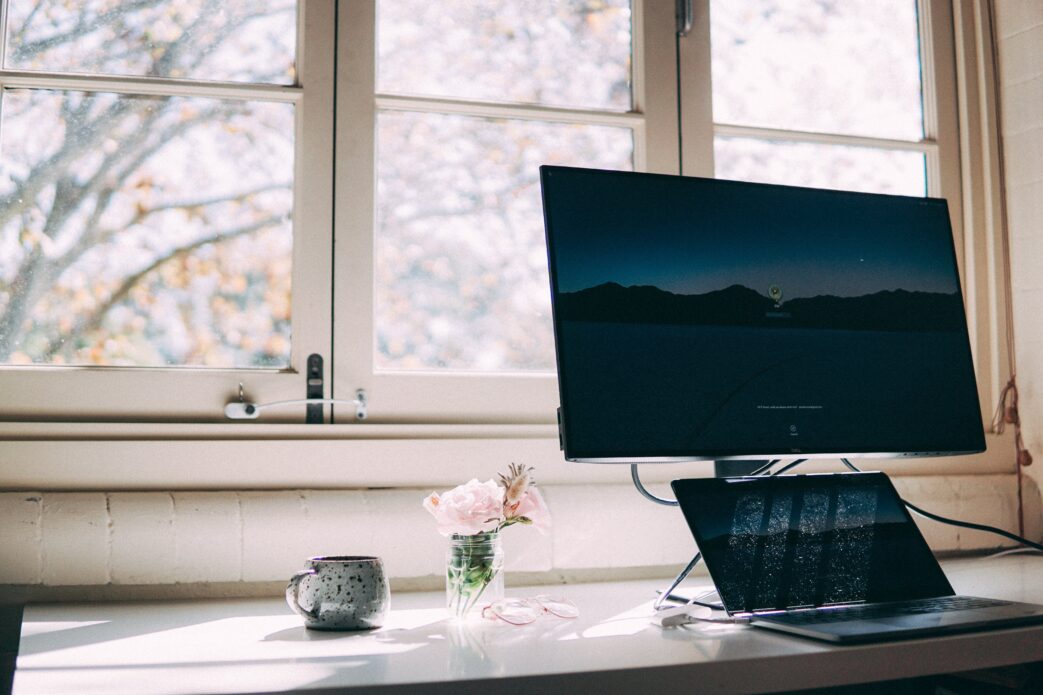Running a sole trader business from home comes with its perks, and one of them is the potential to claim tax relief on various home-working expenses. In this guide, we’ll walk you through what constitutes a working-from-home expense and the methods to calculate and claim these expenses against your tax bill.
What Qualifies as a Working from Home Expense?
When you operate as a sole trader from the comfort of your home, you can typically claim a portion of additional household expenses related to your business. This includes:
- Lighting and heating costs in your work area
- Necessary repairs to the property for business operations
- Utilities, including water, gas, and electricity
- Internet and phone access
- Council Tax
- Rent or interest on mortgage repayments (excluding the capital repayment amount)
Expenses for Limited Companies
For those running a limited company from home, claiming expenses can be more complex due to different rules. As a director of a limited company, you’re considered an employee, limiting the tax relief on ‘fixed costs.’ Consulting with an accountant is advisable to navigate these intricacies.
Calculating Expenses for Sole Traders
Sole traders have two methods for calculating home office expenses:
- Simplified Expenses: Utilise HMRC’s flat rates (applicable if you work 25 hours or more from home each month).
- Hours worked per month:
- 25 – 50: £10
- 51 – 100: £18
- 101 or more: £26
- Hours worked per month:
- The simplified method offers convenience but may not cover all costs.
- Proportional Basis (Costs Method): If not eligible for simplified expenses or if working fewer than 25 hours at home each month, calculate expenses on a proportional basis.
- Steps for calculating expenses:
- Count the number of rooms in your property.
- Assess the percentage of time each room is used for work.
- Calculate total household running costs.
- Divide total costs by the number of rooms.
- Multiply the cost per room by the work percentage.
- The result is your claimable business use expense.
- Note: Exclude bathrooms, hallways, or porches when counting rooms. Separate structures billed separately are treated as one room.
Choosing the right method depends on your circumstances and business needs. Whether opting for simplified expenses or the costs method, reassessing your approach with each tax return ensures you make the most of available relief. If in doubt, seek professional advice to navigate the complexities and optimise your tax position.


